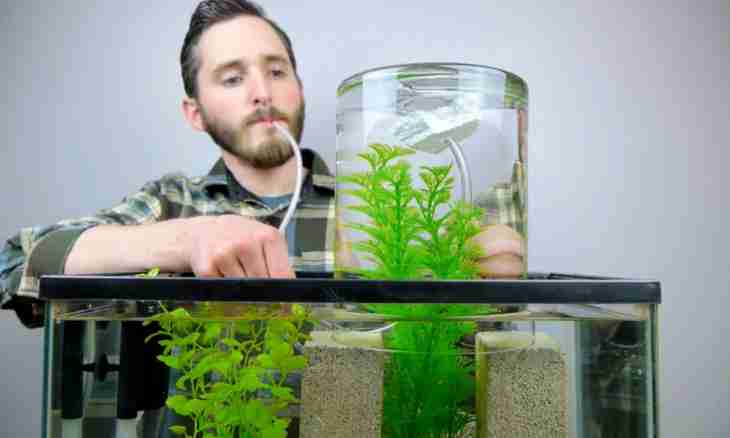Designs of aquariums are very various. The usual rectangular frame aquarium is still relevant as it is more convenient to serve it, than round. Besides it is much stronger, than an aquarium without metal framework.
It is required to you
- Roofing iron – strips 10 cm wide, 1.5 mm thick
- Glass window or showcase 4.3 mm thick
- Oil paint
- Epoxy resin
- Hardener
- Solvent for epoxy resin
- Cement construction sifted
- Softener (dibutyl phthalate)
- Glass-cutter
- Rubber gloves
- Goggles
- Soldering iron 150-200vt
- Solder
- Soldering acid
- Knife
- Scissors on metal
- Mallet
- File
- Emery paper
- Metalwork desktop with a vice
Instruction
1. For an aquarium with a size of bottom of 25х30 cm and 40 cm high cut out 4 metal strips 25 cm long, 4 – on 30 cm, 4 – on 40 cm. Bend strips lengthways so that from them the corner turned out.
2. From strips on 25 and 30 cm solder framework faces. Connect them among themselves strips on 40 cm. By means of a file and an emery paper smooth out seams.
3. Cut out the bottom, side and face walls from glass. Their size has to be 20 mm less than external sides of an aquarium. Glasses should not rest against a framework and each other. Otherwise they can burst. Wipe glasses and a framework with solvent for degreasing.
4. In clean wide ware prepare putty. Fill up the sifted cement. On a vmazyvaniye of one glass 2 glasses of cement are necessary. Make a pole in cement and begin to pour epoxy resin there. Stir and knead hands the turned-out weight to consistence of the dense test. Add softener in the quantity equal to amount of hardener (depending on a pitch consumption). Again carefully you peremesit mix. If it insufficiently liquid, it is possible to add solvent. At the end add hardener and once again to a peremesita.
5. Turn an aquarium sideways so that the party with which you work at present lay on a plain surface. From putty roll long rollers and lay them on a framework on glass perimeter. Level rollers. Put from above the fat-free glass and with a force press it to a framework, considering that further glasses should not concern each other. At the same time because of edges of glass the excess of putty will be squeezed out. Remove it with a knife, without overturning a framework. Put cargo on glass and leave approximately for 12 hours. In 12 hours put an aquarium vertically and by means of a knife cut off excess of putty from outer side. Thus paste all other glasses. At first side glasses, then face, and in the last turn – the bottom are pasted. After that from within a framework isolate putty an internal part of the shelf, that is the top metal part of a framework. Full hardening of putty happens in 48 hours.
6. Wipe an aquarium with solvent from within and outside. Fill an aquarium up to the top with water. Usually the aquariums made on this technology rather rigid have also no leaks. If the leak is found, isolate it the same structure, previously having dried an aquarium. Drain water and paint an aquarium framework with light oil paint. Do not forget to paint also the top shelf of an aquarium.
7. Again fill an aquarium with water for two days. It is necessary to remove the hazardous soluble substances which are contained in putty from seams. In two days drain water and wash up an aquarium with use of baking soda. Carefully rinse it then fill with water and plant plants. Before lodging small fishes, it is desirable that the aquarium stood with plants week - another.

